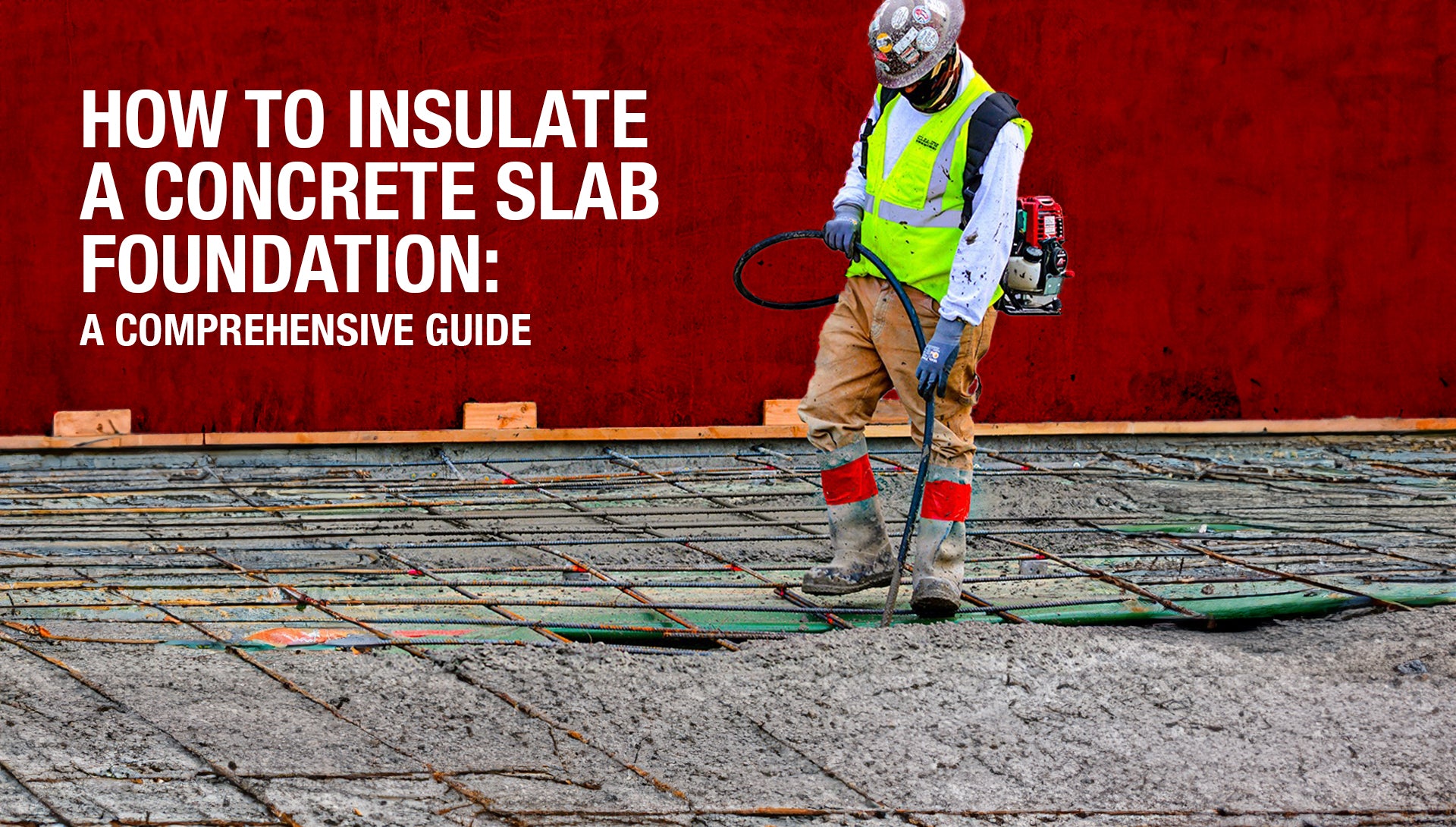Insulating a concrete slab foundation is a crucial step in building energy-efficient homes and commercial buildings. Proper insulation not only helps in maintaining a comfortable indoor environment but also reduces heating and cooling costs significantly. This guide will walk you through the steps and considerations for effectively insulating your concrete slab foundation.
Introduction to Concrete Slab Insulation
Insulating a concrete slab foundation is essential for any structure built on this type of foundation. Insulation helps to minimize heat transfer through the concrete, making your space more energy-efficient and comfortable throughout the year.
Benefits of Insulating a Concrete Slab Foundation
- Energy Efficiency: Reduces the amount of energy needed for heating and cooling the building.
- Comfort: Maintains a more consistent indoor temperature.
- Moisture Control: Helps prevent moisture condensation, which can lead to mold and mildew issues.
Planning Your Insulation Project
Before you begin the insulation process, it's important to plan appropriately to ensure the best results.
Step 1: Choose the Right Insulation Material
- Rigid Foam Boards: These are commonly used for concrete slabs due to their high insulating value and resistance to moisture.
- Spray Foam: Provides excellent air sealing and can be applied directly to the slab.

Photo by Ömer Haktan Bulut
Step 2: Determine Insulation Placement
- Under Slab: Placing insulation under the slab is ideal for new construction as it provides excellent thermal barrier from the ground.
- On Top of Slab: In renovations, insulation can be added on top of an existing slab before installing flooring.
Preparing for Insulation
Preparation is key to ensuring that the insulation is effective and durable.
Step 3: Site Preparation
- Cleaning: Ensure the surface is clean and free from debris.
- Leveling: The area should be flat and level to provide a good base for the insulation and any subsequent floor layers.

Photo by Eran Menashri
Step 4: Installing a Vapor Barrier
- Purpose: A vapor barrier prevents moisture from permeating through the slab, which is critical in preventing mold growth.
- Installation: Cover the area with a polyethylene sheet or other suitable vapor barrier material, overlapping seams by at least 6 inches and sealing them with tape.

Photo by Lluvia Morales
Installing the Insulation
The method of installation will depend on whether the insulation is placed under or over the slab.
Step 5: Installing Under-Slab Insulation
- Laying Insulation Boards: Fit rigid foam insulation boards tightly together to cover the entire area.
- Sealing Joints: Tape the joints between the boards to enhance thermal resistance and prevent moisture ingress.
Step 6: Installing Over-Slab Insulation
- Layering: Lay the insulation boards directly on the clean, level slab.
- Covering: Cover the insulation with a plywood layer to protect it and provide a base for the final flooring.
Finishing Touches
Ensuring the insulation is well-protected and integrated into the building structure is essential for its effectiveness.
Step 7: Applying a Finish Layer
- Protection: Apply a layer of concrete or plywood over the insulation, depending on the type of flooring to be installed.
- Sealing Edges: Seal the perimeter of the insulation to prevent thermal bridging and enhance moisture control.
Conclusion: Maximizing Your Foundation's Efficiency
By following these steps, you can effectively insulate your concrete slab foundation, enhancing the energy efficiency and comfort of your building. Remember, the quality of materials and precision in installation are crucial to achieving the best performance from your insulated slab. Properly insulated foundations contribute to a sustainable and cost-effective building environment, providing long-term benefits for all occupants.










